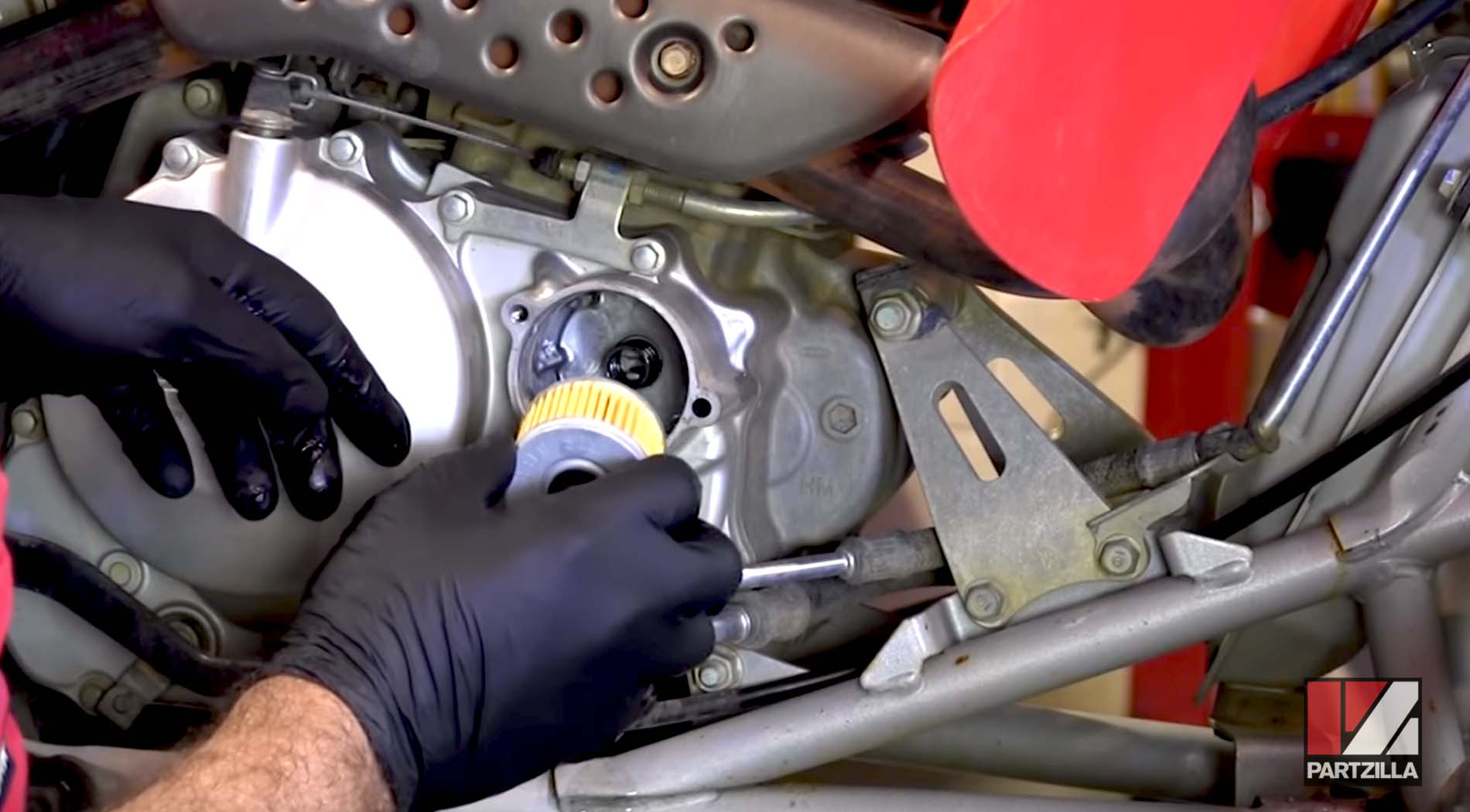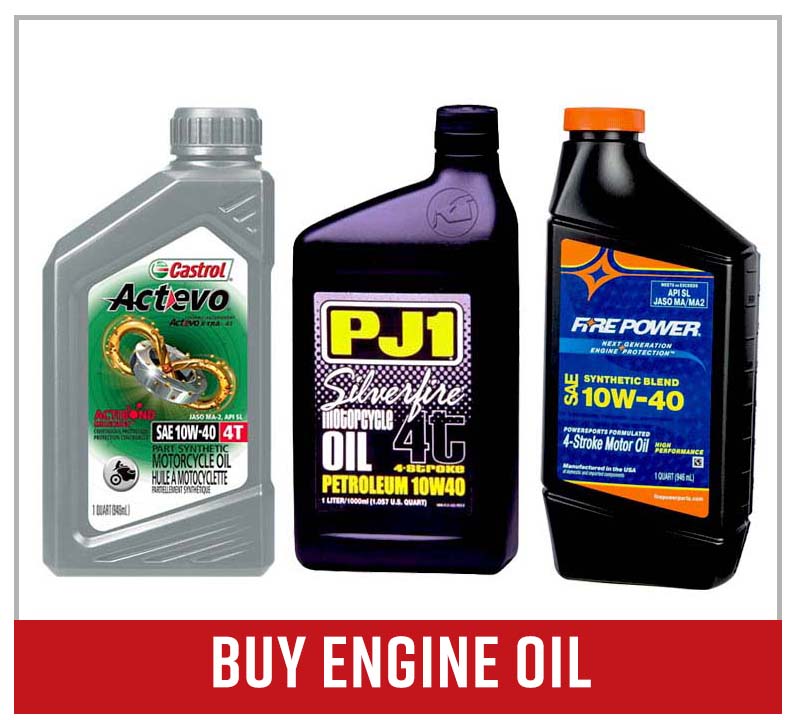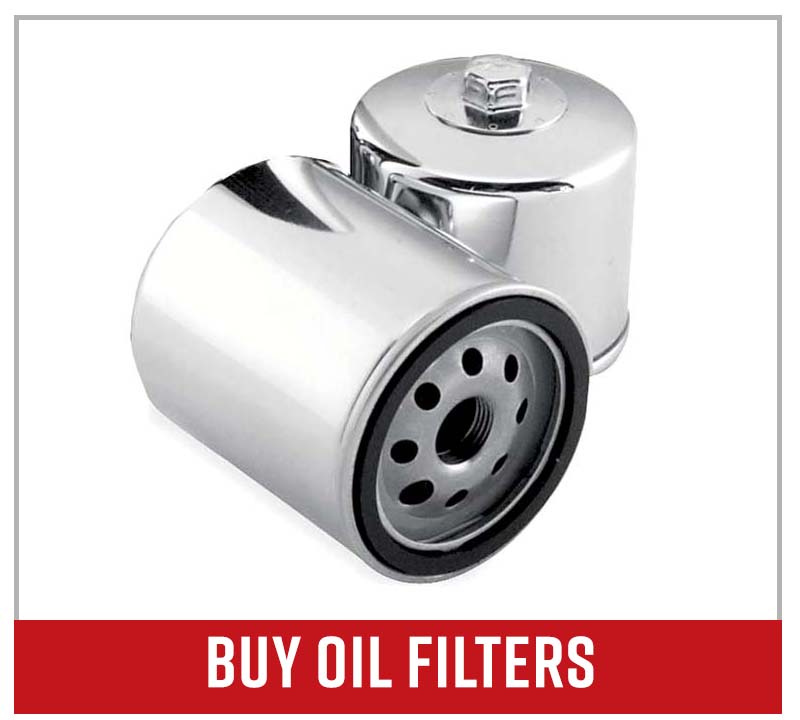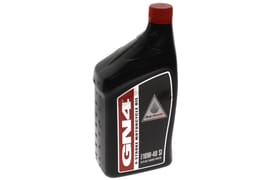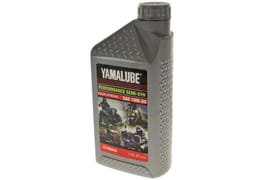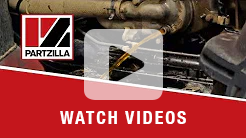How to Break In a Rebuilt Powersports Engine
If you spent hours rebuilding the engine in your motorcycle, ATV or side-by-side, the last thing you want to do is ruin all that hard work by failing to properly break in the motor.
The steps to follow for breaking in a rebuilt engine once it's running again will vary slightly depending on the type of engine. For example, the steps for a high-performance street bike requiring high RPM for peak performance differ from a more sedate side-by-side that relies on lower RPM torque to get the job done. However, these steps more or less apply to all rebuilt engines.
Supplies Needed: Breaking In a New Engine
Adding Conventional Motor Oil
Fill the motor with a conventional engine oil, not a synthetic oil. Synthetic and semi-synthetic oils are too slippery and slick, which prevents the new piston rings and cylinder bores from seating properly. During the first few minutes of running, the piston rings and the walls of the cylinders need a small amount of friction so they can wear fractionally, and so their surfaces can conform to one another to form an effective seal. It's this seal that gives an engine good compression, and it's that compression that really adds to the performance of your rebuilt engine.
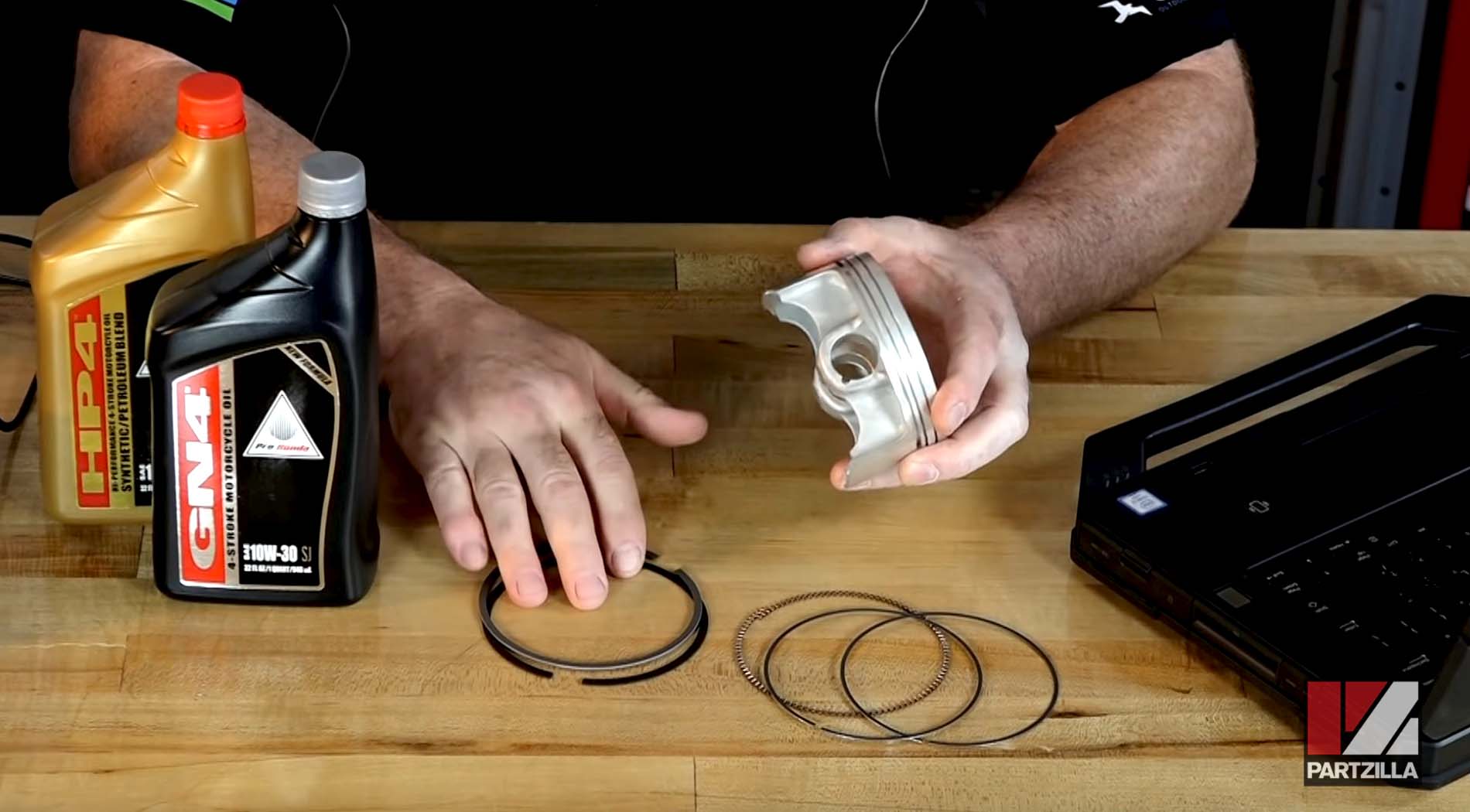
PRO TIP: You don't have to be brand-specific with motor oil, just make sure you're using a quality oil. However, many riders prefer to use an oil that's produced by the same manufacturer as their engine.
Static Engine Run to Operating Temperature
The first time you restart the motor after a rebuild should be a static run. Wheel the machine outside or make sure you're in a well-ventilated space. Then, start the engine and bring it up to operating temperature while gently varying the throttle between idle and 50% open. Don't go over 50% throttle at this point. Once the engine has warmed up, give it a thorough inspection for any leaks; listen for any odd noises; and look for any other mechanical issues such as excessive vibrations. Shut off the engine and let it fully cool down.
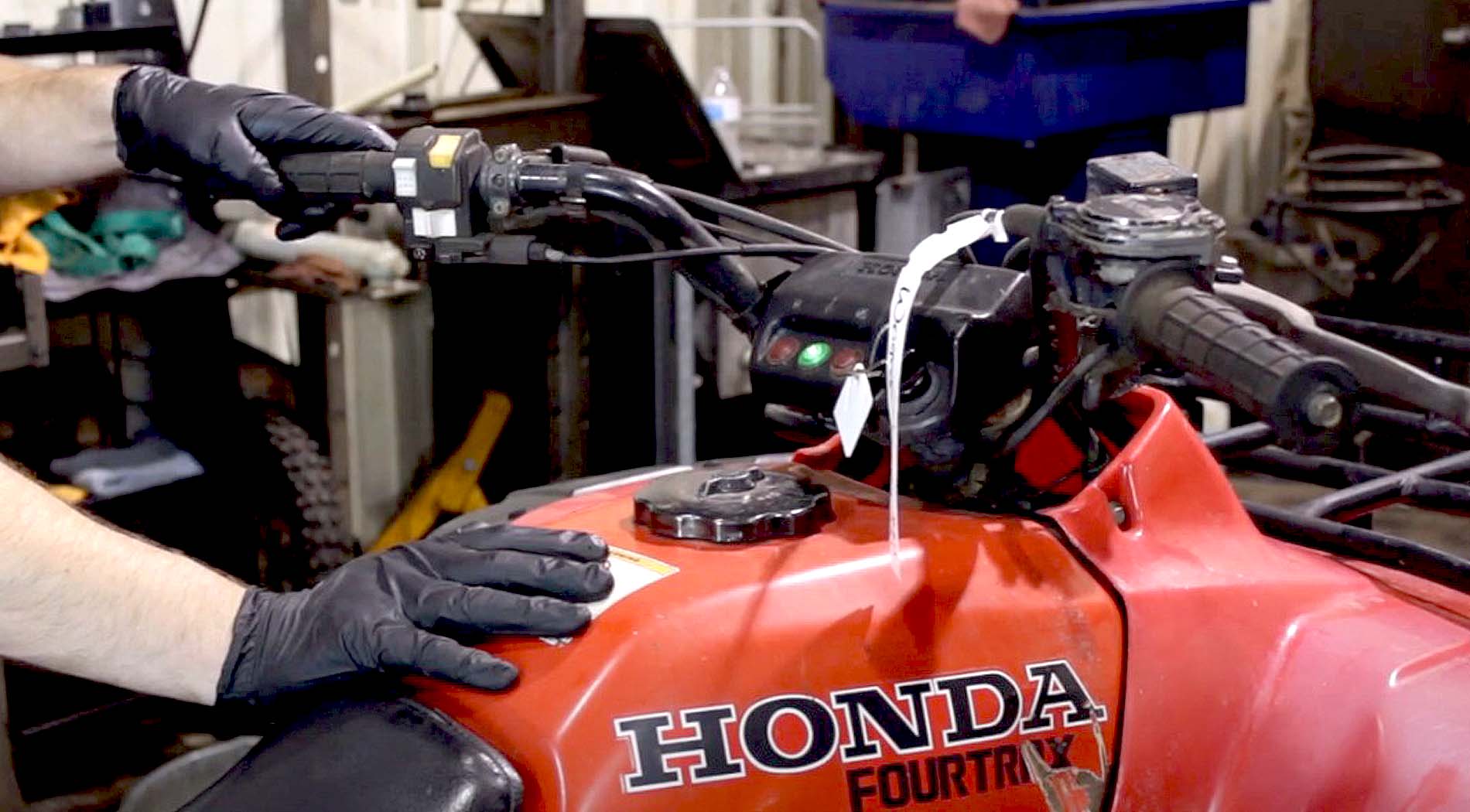
20-Minute Active Engine Run
An engine break-in happens mostly during the first 20 minutes of running after the rebuild. If you have access to a dyno, strap the vehicle down and vary the load on the engine between idle and 70% throttle. Otherwise, take the vehicle for a short ride to put a load on the engine. Vary the throttle between idle and 70% to push it a little harder than you did in the static test. Find somewhere without any traffic where you can safely run the vehicle while varying your speed to break in the engine.
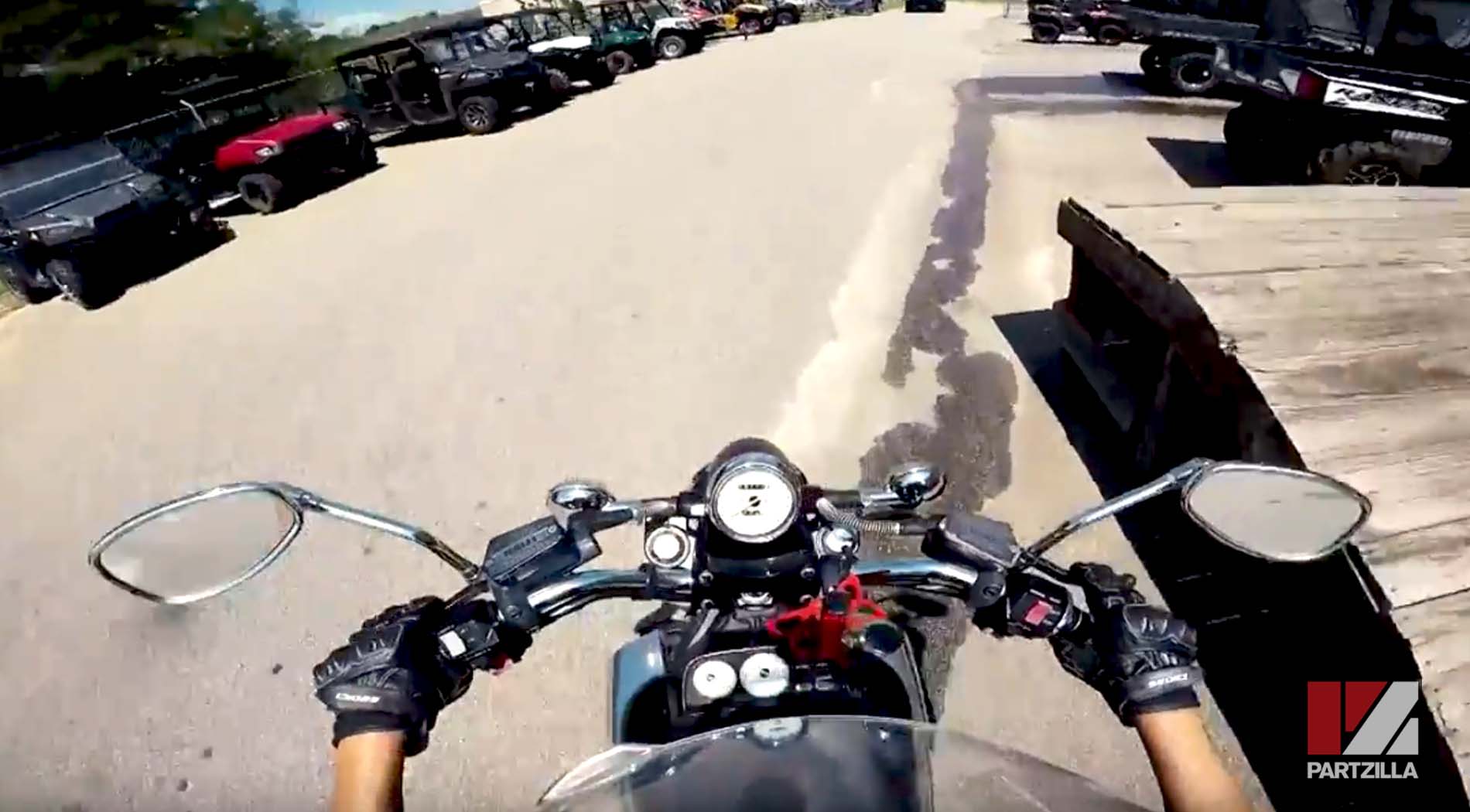
Assuming everything goes well and there are no mechanical issues, start varying the throttle between 50% to 80% to further increase the load on the engine. Next, run the vehicle as you would in normal operating conditions. If it's a competition motorcycle, run it like you would at the track, and if it's a UTV, run it like you would when hauling stuff.
NOTE: There's no point in babying the engine during the end of the break-in period only to then shock it and encounter a massive failure the first time you run it in real-world conditions.
First Oil and Oil Filter Change
After the initial 20-minute active run, give the motor another thorough inspection, and then change the oil and filter. All the tiny pieces of metal that were sloughed off the piston rings, cylinder bores, bearings, etc. as they bedded-in are all now suspended in the oil and flowing around the engine. Drain out the oil and remove the oil filter to get rid of all that debris. Install a new oil filter and refill the engine with oil. Once again, use conventional oil because the parts within the engine are still bedding themselves in and synthetic oil will hinder that process.
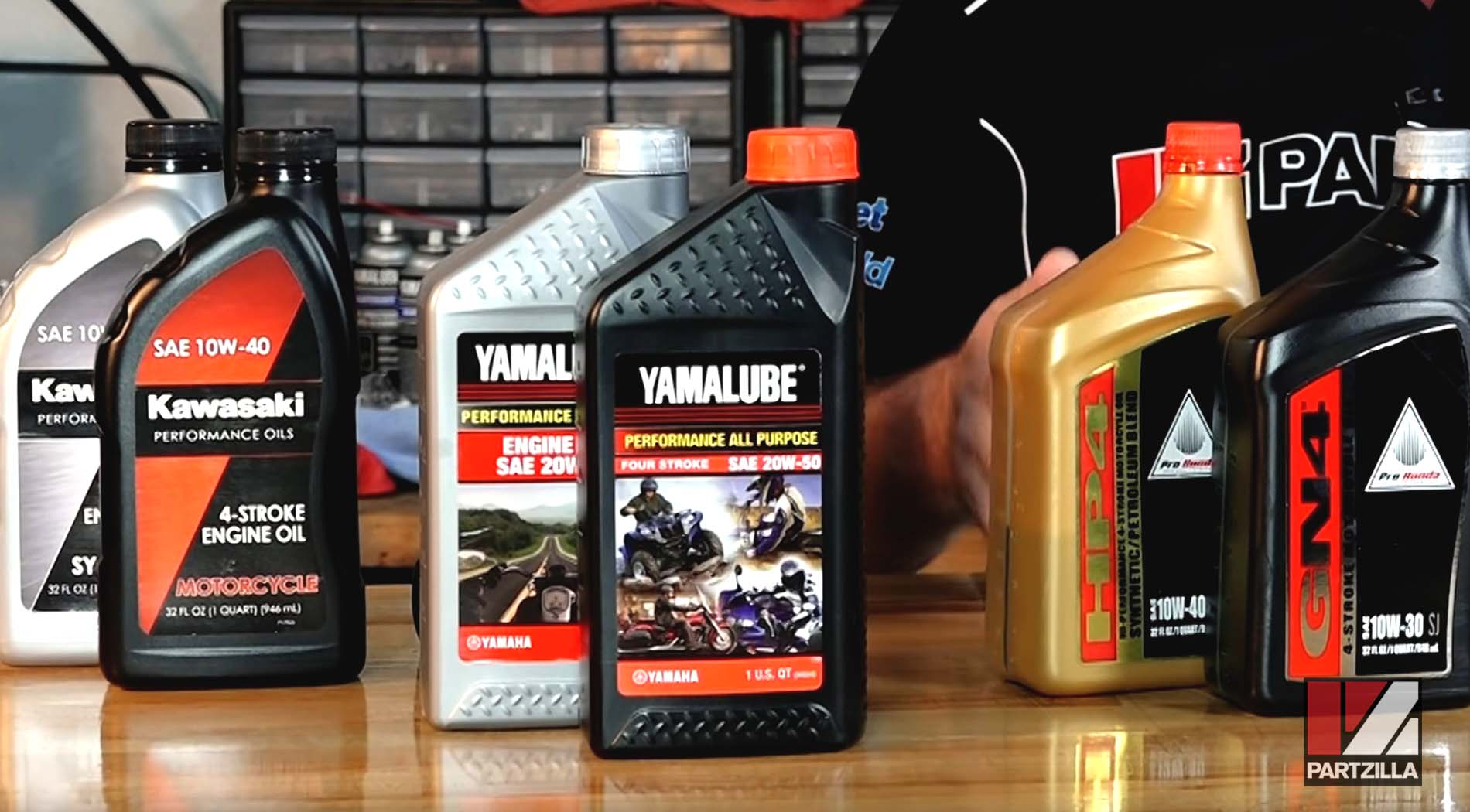
Normal Engine Running
This step will vary depending on the type of engine and how it will be used. If the engine is in a performance street bike, motocross bike, ATV or UTV, run it for 3-4 hours as hard and fast as you normally would. And if the engine is in a cruiser bike, run it for 400-500 miles exactly as you normally would, regardless of how long it takes. If the engine is in an ATV or UTV, run it for a weekend (at least 6 hours) just as you normally would. Don't baby the engine; run it as hard as you would every day thereafter.
Second Oil and Oil Filter Change
Once the engine has completed the normal running cycle, change the oil and the oil filter again. By now the engine should have finished breaking in, and you want to remove every last trace of debris suspended in the old oil. Fit a new oil filter, and this time use the type of oil you're going to use long-term in the engine, whether that be fully synthetic, semi-synthetic or conventional oil.
